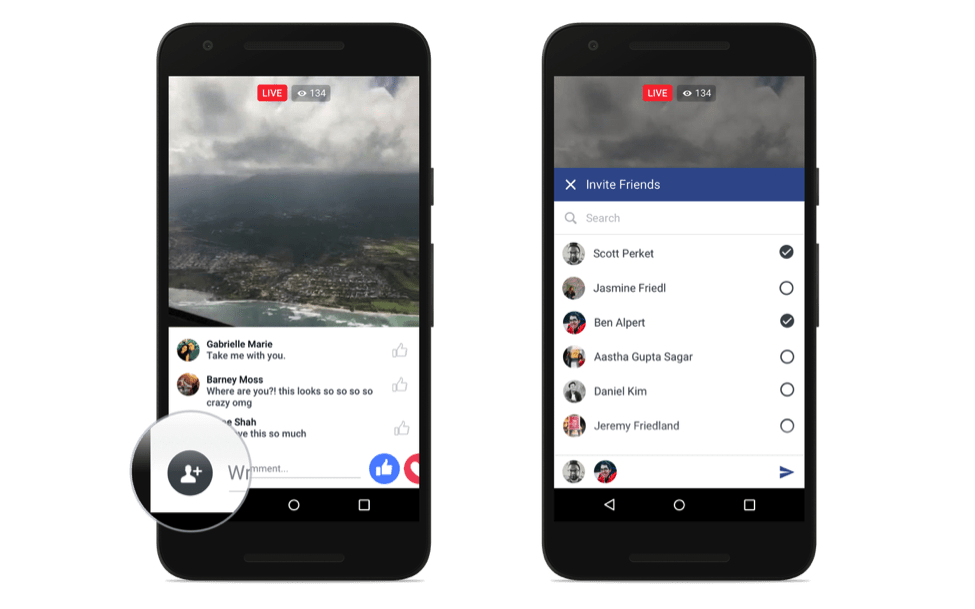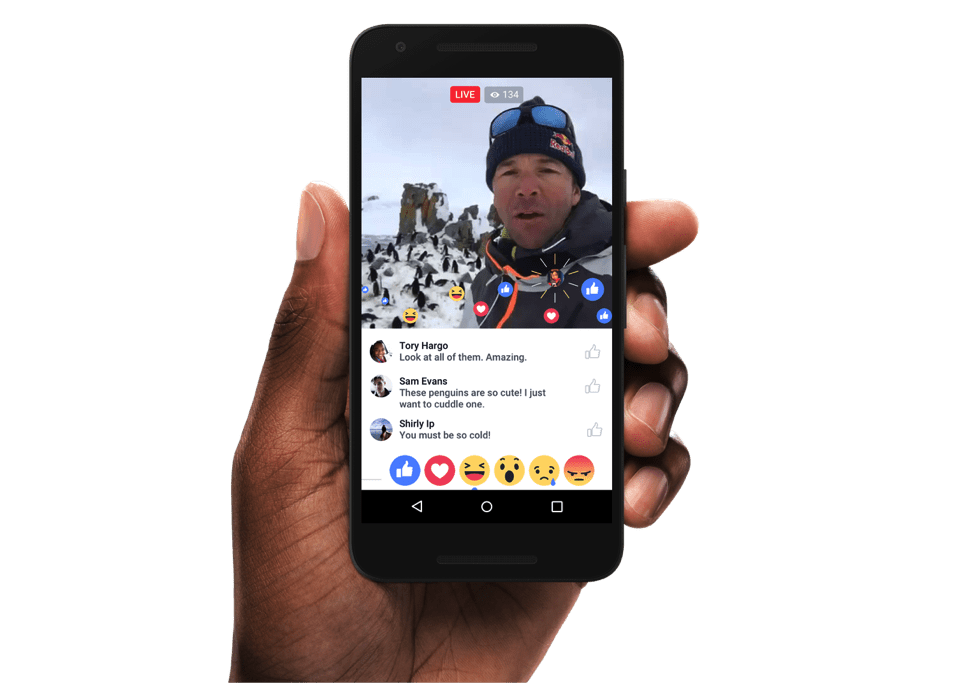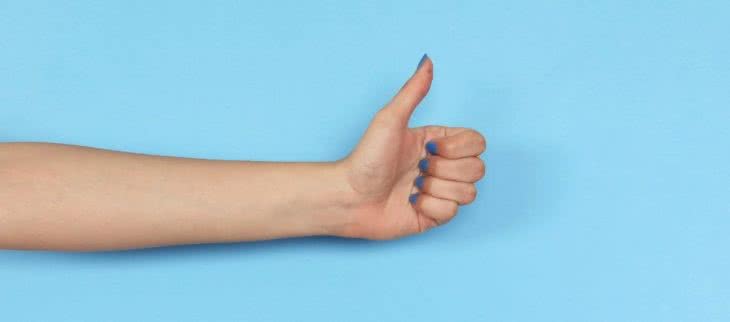Livestreaming is taking the events industry by storm. Of course you want as many people attending your event in person as possible, but did you know that livestreaming can actually boost attendance rather than detract from it? Recent research from Livestream.com suggests that 30% of people who watch a livestreamed video will attend that same event the following year.
Consider for example, TED Talks. The premise and tagline of the TED Conference is “Ideas Worth Spreading”. Originating as an annual Technology, Education and Design conference in the 1990s, they considered the event topics to be quite niche. When organisers began recording and streaming talks online in 2006, the event was taken to a global stage and provided a whole new audience outside of their target.
Ideas did spread, like wildfire, as people from around the world began sharing presenter talks on YouTube. It also spawned TEDx; an event allowing local organisers to screen and host live talks in their own cities. Today, the TED YouTube channels have more than 12.5million subscribers and this in no way discourages attendance of live events. The brand recognition for TED Talks and TEDx attracts talented presenters and highly engaged attendees who enjoy following the videos for education and inspiration.
We have previously posted a how-to guide for live video streaming on YouTube, Google and Periscope. Now it’s time to take a look at Facebook’s latest video offering — Facebook Live. Facebook Live is especially exciting for event planners looking to interact with their audience in a novel way.
What is Facebook Live?
Facebook Live is a content feature on Facebook that allows you to share live video with your followers and friends on Facebook. These videos will then appear in your News Feed and on your event’s Page while you are live. Once your livestream has ended, live videos will appear under Videos on your Page.
You can livestream for a maximum of 90 minutes, so if you have a lengthy event that you want to stream, it’s worth segmenting your livestreams and grouping them together later. Also, try to avoid filming too much of the ‘white noise’ such as people getting settled into their seats or waiting for a speaker to hit the stage – keep it to the best bits to maintain the attention of your online audience.
Find out more information about Facebook Live here.
Now that you know what Facebook Live is, let’s take a look at 5 ways your event can benefit from using it:
1. Engage a wider audience
Facebook Live is a great way for you to market your event and cater to a demographic that has no way of showing up in person. In turn, you build your audience, create FOMO, and strengthen your event brand in the long-term.
Even if you host the most awesome event in town, the fact remains that some people simply will not be able to attend. With Facebook Live, you can stream your event right as it’s happening to capture key moments like keynote presentations or special announcements. This ensures that followers benefit from the event even if they can’t be there in person.
With Facebook Live, nobody is excluded due to their geographical location. Sure, they won’t be able to take advantage of certain aspects, such as meeting people face-to-face or getting their hands on event swag, but they will be able to get the key takeaways of the event.
2. Invite an army

You can build your remote attendance as the event is streaming and in progress. Facebook Live has an ‘invite’ feature that can be activated with a tap to invite friends and family to join. The best part is that attendees have access to this feature as well.
Encourage them to invite their own social media followers to join in by sending out posts or tweets throughout the event. Take it a step further and push staffers, sponsors, and workshop facilitators to do the same.
3. Make it a two-way interaction
Like Periscope, Facebook Live also allows those tuning in to speak and be seen. Give attention to the people tuning in remotely as you would the people attending live. If you have seen a few live debates or discussion sessions, you may have seen that the moderator takes questions from the live audience, but also addresses those watching remotely.
The questions may come from those responding via Facebook Live, or from a tweet. Either way, include the remote audience by encouraging them to participate.

Facebook Live allows users to convey what they’re feeling at any given moment. People tuning in can select a number of emojis (known as reactions) that express different emotions. Once selected, the reaction appears right on the screen (shown above).
This is a useful feature for event planners because they can gauge what the audience is feeling. If the “sleeping” emoji is consistently popping up, for example, then it might be an indication that followers are getting restless or bored. Take their cues by adjusting programming accordingly — maybe even asking the presenter to pick things up if you’re streaming a talk or panel.
4. Build hype before the event
Facebook Live can be used to capture lots of things beyond the event itself. How about using it to create behind-the-scenes footage of the event setup? If you watch sports, you may have taken note of documentary-style profiles of the athletes leading up to big games. These help build hype for the main event.
The same concept applies for your big event! You can even allow viewers to comment and ask questions during this phase.
5. Share it after the event
Of course, some people won’t be able to tune in live. Facebook Live allows events to be saved on your channel indefinitely until you decide to delete them. This way, those that missed out can tune in at their own convenience. They won’t be able to participate or use the Live Reaction feature, but they’ll be able to benefit from the key takeaways — and see what they missed out on.

For maximum exposure, post the video wherever you can such as YouTube, embedded on your blog, or create snippets in your post-event social media updates.
You can even invite users to watch the video weeks or months after the event. Though the video is no longer recent, it still serves as solid promotional material for your next event.
Want to learn more about how to livestream your events on other channels? Check out 3 simple ways to livestream your event for free.





